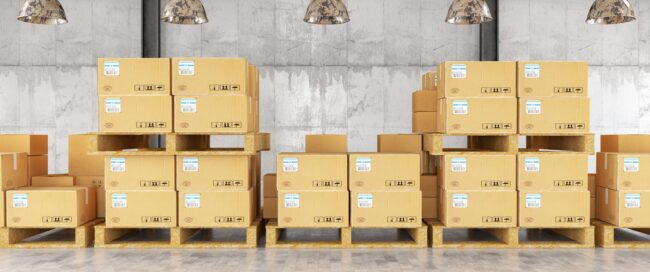The Evolution of Flexible Packaging: A Versatile Solution for Modern Manufacturing
Common Applications of Flexible Packaging in Manufacturing
Flexible packaging has revolutionized the manufacturing industry, offering a versatile and efficient solution for packaging a wide range of products. Unlike traditional rigid packaging materials such as glass or metal, flexible packaging is made from lightweight materials such as plastic films, paper, and aluminum foil, allowing for greater flexibility in design and functionality. From food and beverage to healthcare and consumer goods, flexible packaging has become a ubiquitous choice for manufacturers seeking cost-effective, sustainable, and customizable flexible packaging manufacturing solutions.
One of the key advantages of flexible packaging is its adaptability to various shapes, sizes, and product types. Unlike rigid packaging formats, which often require specific molds or designs, flexible packaging can be easily tailored to accommodate different product specifications, making it ideal for manufacturers with diverse product portfolios. Whether it’s pouches, bags, wrappers, or sachets, flexible packaging offers endless possibilities for customization, allowing brands to differentiate themselves in the market and meet the evolving needs of consumers.

It offers several functional benefits that contribute to its widespread adoption in the manufacturing industry. Its lightweight nature reduces transportation costs and carbon emissions, making it a more sustainable option compared to traditional packaging materials. Additionally, flexible packaging is often designed with features such as resealable zippers, spouts, and tear notches, enhancing convenience for consumers and extending the shelf life of perishable products.
Flexible packaging finds application across a diverse range of industries, owing to its versatility, durability, and cost-effectiveness. In the food and beverage sector, flexible packaging is commonly used for packaging snacks, confectionery, beverages, and pet food. Its ability to provide barrier protection against moisture, oxygen, and light helps preserve product freshness and flavor, while its lightweight design reduces packaging waste and enhances sustainability.
Its sterile and tamper-evident properties ensure product safety and integrity, while its flexible format allows for easy storage and dispensing in healthcare settings. Additionally, flexible packaging is increasingly being used in the beauty and personal care sector for packaging cosmetics, skincare products, and toiletries, offering brands a sleek and modern packaging solution to showcase their products on store shelves and online platforms.
Overall, flexible packaging continues to transform the manufacturing landscape, offering a versatile, functional, and sustainable packaging solution for a wide range of products across various industries. As consumer preferences evolve and sustainability becomes increasingly important, flexible packaging is poised to remain a staple choice for manufacturers seeking innovative packaging solutions that deliver both performance and environmental responsibility.